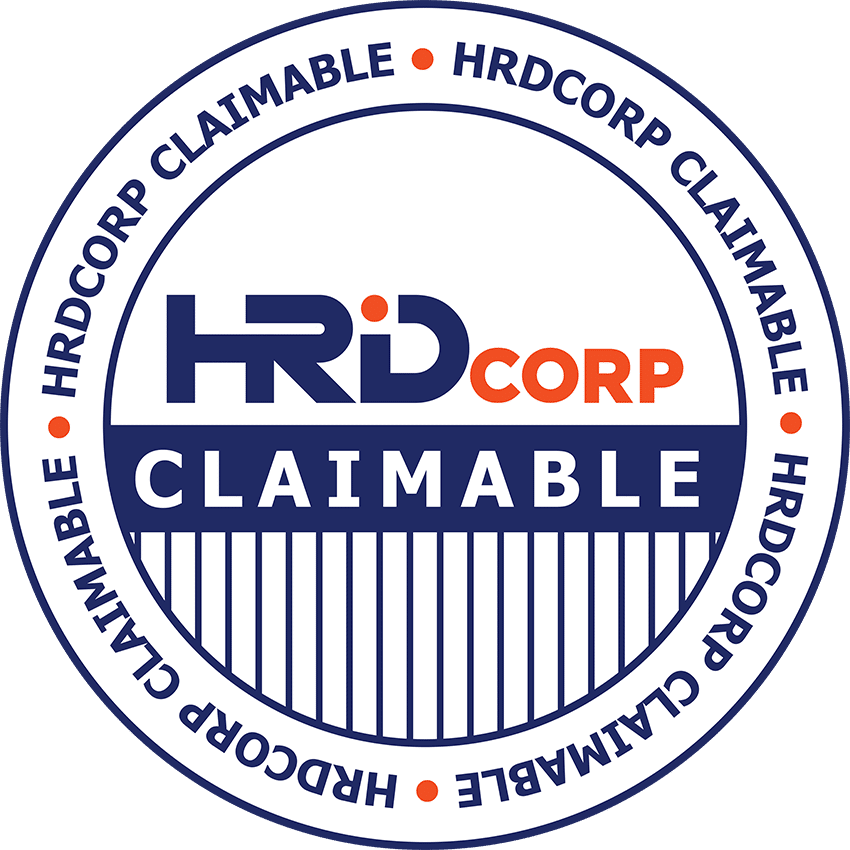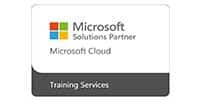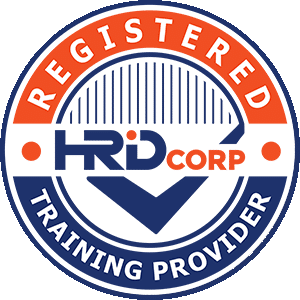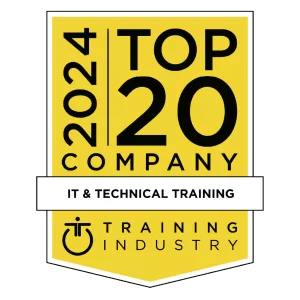Overview
Secure storage for Azure Files and Azure Blob Storage
In this learning path, you practice storing business data securely by using Azure Blob Storage and Azure Files. The skills validated include creating storage accounts, storage containers, and file shares. Also, configuring encryption and networking to improve the security posture.
Skills Covered
- Create and configure a storage account
- Create and configure Blob Storage
- Create and configure Azure Files
- Configure encryption
- Configure networking for storage
Who Should Attend
- Administrator
Course Curriculum
Prerequisites
- Experience using the Azure portal to create resources.
- Basic knowledge of unstructured data like blobs and files.
- Basic knowledge of security concepts like identities, permissions, and encryption.
- Basic knowledge of networking concepts like virtual networks and subnetting.
Download Course Syllabus
Course Modules
Create an Azure Storage account with the correct options for your business needs.
Learning objectives
In this module, you will:
- Decide how many storage accounts you need for your project
- Determine the appropriate settings for each storage account
- Create a storage account using the Azure portal
Prerequisites
- Experience with the Azure portal
- Familiarity with the Azure data services Blobs, Files, Queues, and Tables
Learn how to configure Configure Azure Blob Storage, including tiers and object replication.
Learning objectives
In this module, you learn how to:
- Understand the purpose and benefits of Azure Blob Storage.
- Create and configure Azure Blob Storage accounts.
- Manage containers and blobs within Azure Blob Storage.
- Optimize blob storage performance and scalability.
- Implement lifecycle management policies to automate data movement and deletion.
- Determine the best pricing plans for your Azure Blob Storage.
Prerequisites
- Basic understanding of cloud computing. Familiarity with cloud computing concepts, such as virtualization, scalability, and pay-as-you-go pricing models, can provide a foundation for understanding how Azure Blob Storage fits into the broader cloud ecosystem.
- Knowledge of Azure fundamentals. Having a basic understanding of Microsoft Azure services and concepts, such as Azure Resource Manager, Azure Storage Accounts, and Azure Virtual Networks, can help you navigate and configure blob storage effectively.
- Familiarity with storage concepts. Understanding fundamental storage concepts like file systems, directories, files, and data replication can be beneficial when working with blob storage.
- Experience with Azure portal or Azure CLI. Familiarity with the Azure portal (web-based management interface) or Azure CLI (command-line interface) can help you navigate and configure blob storage resources efficiently.
- Basic programming or scripting skills. While not always required, having some knowledge of programming or scripting languages like Azure PowerShell can be advantageous when automating blob storage configuration tasks.
Learn how to configure common Azure Storage security features like storage access signatures.
Learning objectives
In this module, you learn how to:
- Configure a shared access signature (SAS), including the uniform resource identifier (URI) and SAS parameters.
- Configure Azure Storage encryption.
- Implement customer-managed keys.
- Recommend opportunities to improve Azure Storage security.
Network security groups and service endpoints help you secure your virtual machines and Azure services from unauthorized network access.
Learning objectives
In this module, you will:
- Identify the capabilities and features of network security groups.
- Identify the capabilities and features of virtual network service endpoints.
- Use network security groups to restrict network connectivity.
- Use virtual network service endpoints to control network traffic to and from Azure services.
Prerequisites
- Knowledge of basic networking concepts, including subnets and IP addressing
- Basic familiarity with Azure services, specifically Azure SQL Database and Azure Storage
- Familiarity with Azure virtual machines and virtual networking
In this module, you practice storing business data securely by using Azure Blob Storage and Azure Files. The lab combines both learning and hands-on practice.
Learning objectives
In this module, you practice how to:
- Create and configure a storage account.
- Create and configure blob storage.
- Create and configure Azure Files.
- Configure encryption for storage.
- Configure networking for storage.
Prerequisites
- Experience using the Azure portal to create resources.
- Basic knowledge of unstructured data like blobs and files.
- Basic knowledge of security concepts like identities, permissions, and encryption.
- Basic knowledge of networking concepts like virtual networks and subnetting.
Request More Information
Training Options
- ILT: Instructor-Led Training
- VILT: Virtual Instructor-Led Training
RM1,200.00Enroll Now
RM1,200.00Enroll Now
Exam & Certification
To earn this Microsoft Applied Skills credential, learners demonstrate the ability to securely store business data by using Azure Blob Storage and Azure Files.
Candidates for this credential should be familiar with Azure services, storage, networking, and virtual machine concepts.
Tasks performed
- Create and configure a storage account
- Create and configure Blob Storage
- Create and configure Azure Files
- Configure encryption
- Configure networking for storage
Training & Certification Guide
In-demand Cloud Technology Skills – Insights from Malaysia’s Job Market
As Malaysia accelerates its digital transformation journey, cloud technology has emerged as a critical component of the nation’s economic growth. The adoption of cloud services is driving innovation across various sectors, from finance to manufacturing, and creating a robust demand for skilled cloud professionals.
This article dives into the most in-demand cloud technology skills in Malaysia, backed by market data and insights from industry reports, and highlights the key roles that are shaping the future of cloud technology.
Master Your Cloud Career: Essential Azure Certifications for 2024
Targeting the most valuable Azure certifications for 2024? In the evolving landscape of cloud computing, Azure certifications stand out by offering professionals the leverage to thrive. This article presents a focused rundown of crucial Azure certifications, shining a light on their career-boosting effects and elucidating steps to get certified. No fluff – just actionable insights to empower your journey in the cloud.
AI Mastery Program: Learn AI with Microsoft in 2024
Artificial Intelligence (AI) has been one of the hottest topics in the tech industry for the past decade. With its rapid advancements and potential to impact our daily lives, learning AI has become a highly sought-after skill.
We are thrilled to announce the launch of our Microsoft AI Mastery Program in 2024, made possible through our partnership with Microsoft, a renowned leader in AI technology. This program is tailored for individuals and tech professionals passionate about acquiring and mastering the fundamental and advanced principles of AI.
Azure Strategy & Implementation Guide
Get a step-by-step introduction to using Azure for your cloud infrastructure with this Pack e-book. Read the latest edition of the Azure Strategy and Implementation Guide for detailed guidance on how to create a successful cloud adoption strategy with new innovations, capabilities, and security features from Microsoft Azure.
Microsoft Azure SQL Jumpstart Guide
Find out how to get started launching your first Azure SQL database or find ways to make your existing SQL database work harder. Download the Azure SQL Jumpstart Guide for detailed instructions and in-depth insights to help you make your Azure SQL deployment, migration, or enhancement run smoothly.
Low-code Application Development – Microsoft PowerApps and Azure
Build production-ready apps faster with a low-code environment. Quickly stand up your applications with Power Apps and get more time to apply your technical expertise to extending and optimizing those apps in Azure.
Azure Cloud Native Architecture Mapbook
Grow your cloud architecture skills with guidance from Azure Experts. Go beyond developing cloud-native applications to planning and implementing cloud application infrastructure. In this free e-book from Packt Publishing, you’ll find best practices for infrastructure design and patterns for building a complete solution.
Windows Virtual Desktop Security
Find out how to secure your Windows Virtual Desktop environment when migrating your virtual desktop infrastructure (VDI) to Azure. Read this security handbook to get technical hands-on guidance on how to help protect your apps and data in your Windows Virtual Desktop deployment.
Discover how to get more value from your on premises Windows Server and SQL Server investments and move some or all of your workloads to the cloud using your existing skills. See how to start using the cloud to support new ways of doing business and help ensure business continuity even if you need to keep some of your IT assets on-premises due to regulatory or data governance requirements.
Discover how to build highly scalable applications using containers and how to deploy and manage those containers at scale with Kubernetes on Azure. Read the completely reviewed and updated Packet e-book, Hands-On Kubernetes on Azure, Third Edition and discover what’s new, including security enhancements, continuous integration and continuous delivery (CI/CD) automation, and the latest supported technologies. Gain insight into building reliable applications in the new foreword by Kubernetes co-founder Brendan Burns.
Azure Synapse Analytics Proof of Concept Playbook
Learn how to perform a proof of concept efficiently and economically with Azure Synapse Analytics. Read the Azure Synapse Analytics Proof of Concept Playbook to understand the key concepts involved in deploying data warehousing, data lake, and big data workloads with Azure Synapse and get the evidence you need to make the case for implementation at your organization.
Spend less time managing server infrastructure and more time building great apps. Get your solutions to market faster using Azure Functions, a fully managed compute platform for processing data, integrating systems, and building simple APIs and microservices. The Azure Serverless Computing Cookbook will, through the development of basic back-end wep API that performs simple operations, helps you understand how to persist data in Azure Storage services.
AZ-1001: Deploy containers by using Azure Kubernetes Service (AKS)
In this learning path, you practice deploying containers, container orchestration, and managing clusters on Azure Kubernetes Service. The skills validated include deploying, configuring, and scaling an Azure Kubernetes Service cluster. Also, deploying an Azure Container Registry instance and deploying an application into an Azure Kubernetes Service cluster.
AZ-1002: Configure secure access to your workloads using Azure virtual networking
In this learning path, you practice configuring secure access to workloads using Azure networking.
AZ-1004: Deploy and configure Azure Monitor
In this learning path, you practice implementing Azure Monitor to collect, analyze and act on monitoring telemetry from Azure environments. You learn to configure and interpret monitoring for virtual machines, networking, and web applications.
AZ-1005: Configuring Azure Virtual Desktop for the Enterprise
This one-day Microsoft training teaches Azure administrators how to plan, deliver, and manage virtual desktop experiences and remote apps, for any device, on Azure. Summarized lessons include implementing and managing networking for Azure Virtual Desktop, configuring host pools and session hosts, creating session host images, implementing, and managing FSLogix, monitoring Azure Virtual Desktop performance and health, and automating Azure Virtual Desktop management tasks.







